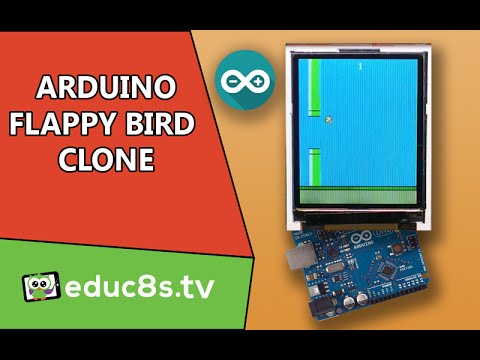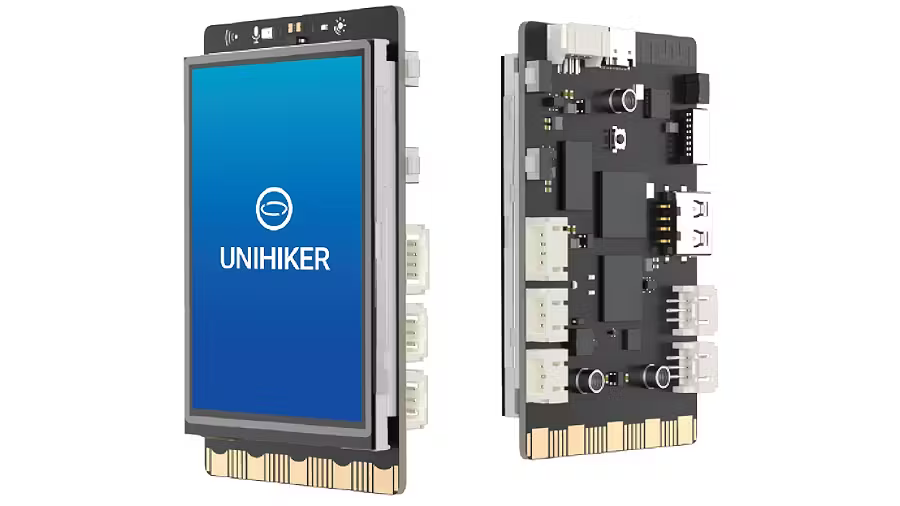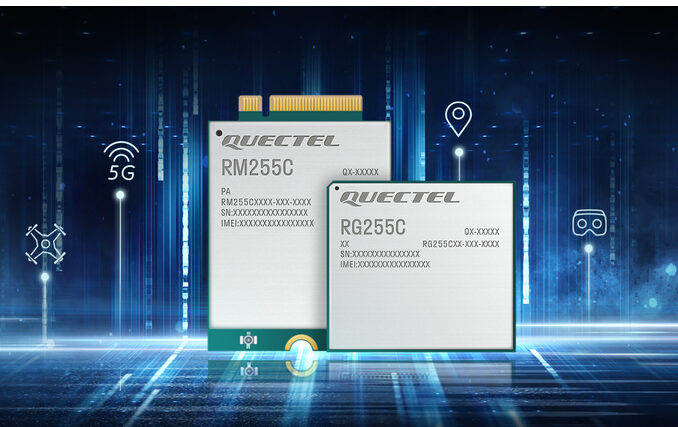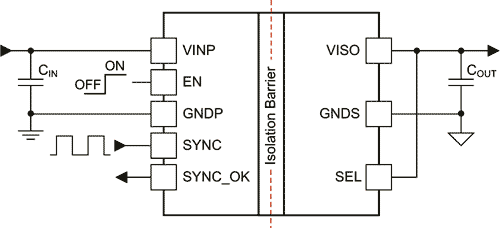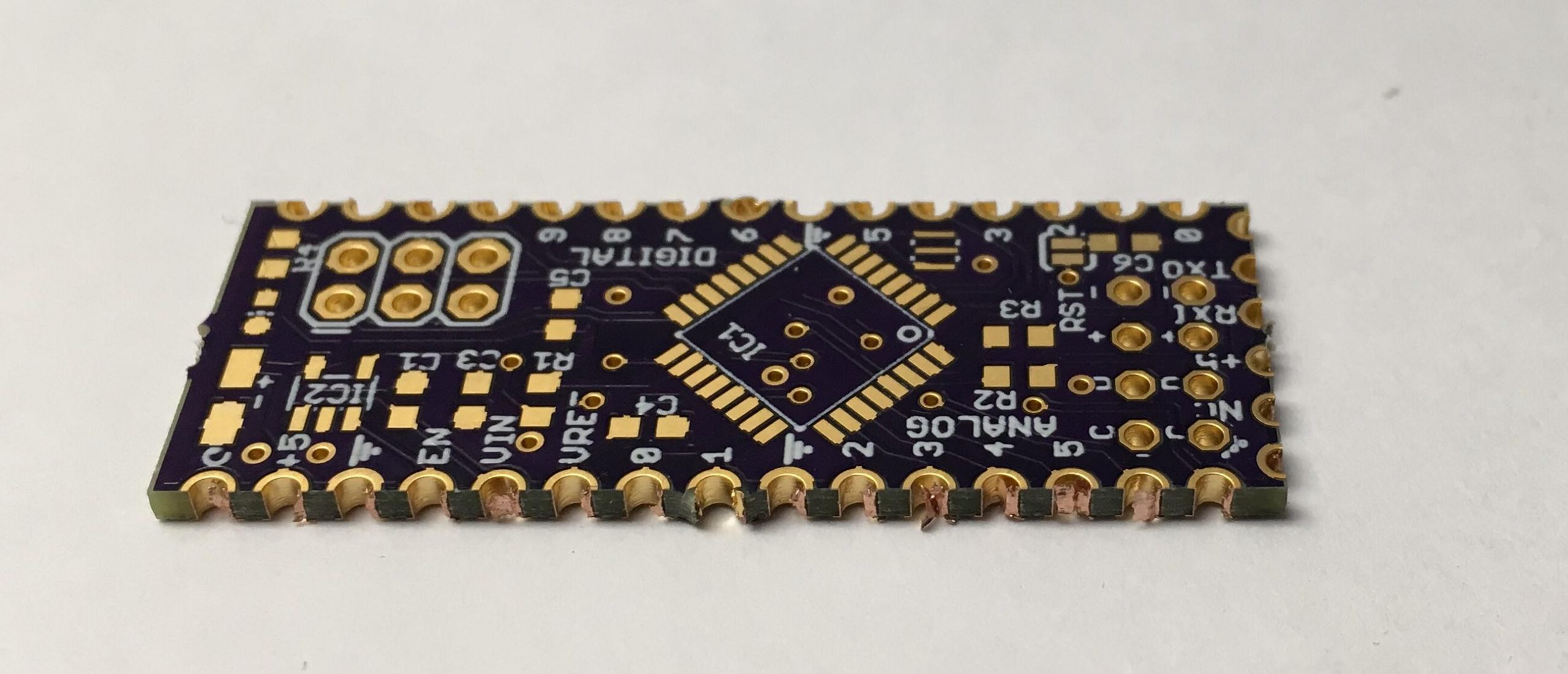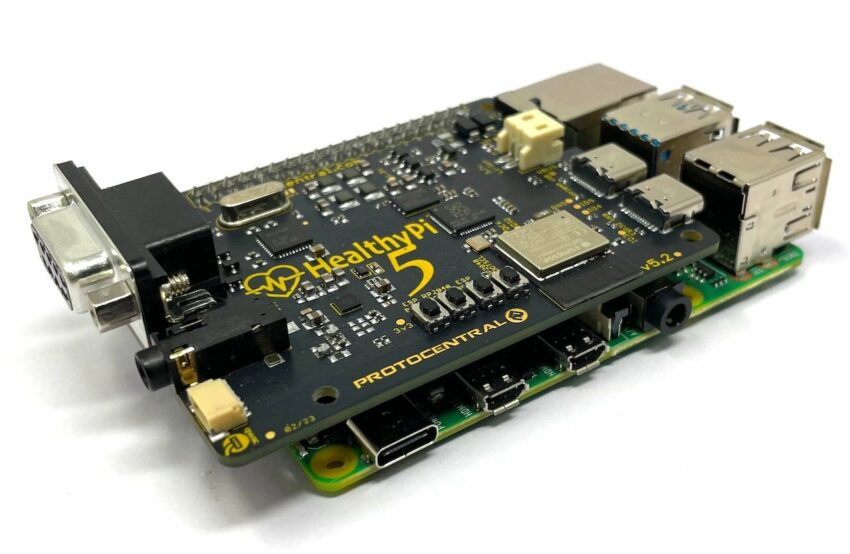
HealthyPi 5 is a biosignal acquisition device that has recently gained attention through its successful crowdfunding campaign. This open-source platform combines the power of a Raspberry Pi Pico and leverages a simple design of an Arduino, making it accessible and capable for capturing and analyzing various health-related data. With its advanced capabilities and compact design, HealthyPi 5 offers huge potential in healthcare and research applications.
At the core of HealthyPi 5 lies the Raspberry Pi RP2040, a dual-core Cortex M0+ microcontroller. Supported by the ESP32-C3 RISC-V microcontroller that handles wireless protocol stacks, this device ensures seamless connectivity and efficient data transfer. The Raspberry Pi RP2040, with its robust performance, facilitates reliable biosignal acquisition, while the ESP32 C3 enables wireless transmission of the acquired data. These combined capabilities make HealthyPi 5 a comprehensive solution for real-time health monitoring.
HealthyPi 5 places a strong emphasis on security with its “last-minute” integration of an onboard Microchip ATECC608A crypto chip which is used to store private keys and provide other crypto capabilities. With its dedicated secure chip, it ensures secure storage and transmission of sensitive health data. The HealthyPi 5 combines the secure element with the Zephyr OS running on the RP2040, making it suitable for a wide range of healthcare applications.
An exciting aspect of HealthyPi 5 is its compatibility with Edge Impulse, an advanced platform for developing and deploying machine learning models on edge devices. By integrating HealthyPi 5 with Edge Impulse, users can leverage artificial intelligence for real-time analysis of biosignals. The manufacturer has demonstrated an application that uses HealthyPi 5 with the Edge Impulse platform for data acquisition and inference, emphasizing on a commonly used application for collecting physiological data.
In addition to the development board, the manufacturer provides add-on boards which include a carrier board that provides five Qwiic ports. These ports enable easy attachment of external sensors and modules, enhancing the device’s capabilities. With the Carrier Board, users can seamlessly integrate additional sensors or expand the functionality of HealthyPi 5 to suit their specific needs.
The display module is another valuable add-on board designed to enhance the user experience of HealthyPi 5. It features a 3.5-inch color TFT display with a resolution of 480×320 pixels, and supports both ST7796 and ILI9348-based modules, ensuring compatibility and availability for different users.
HealthyPi 5’s software ecosystem consists of firmware, a desktop graphical user interface (GUI), and mobile applications for both Android and iOS devices. These apps allow users to conveniently configure HealthyPi 5 and view data directly on their mobile phones via Bluetooth connectivity.
If you are interested in the HealthyPi 5 basic kit that includes a mainboard with core sensors for ECG, respiration, SpO2, and temperature along with problem and cables, which starts at $299 USD plus shipping.





